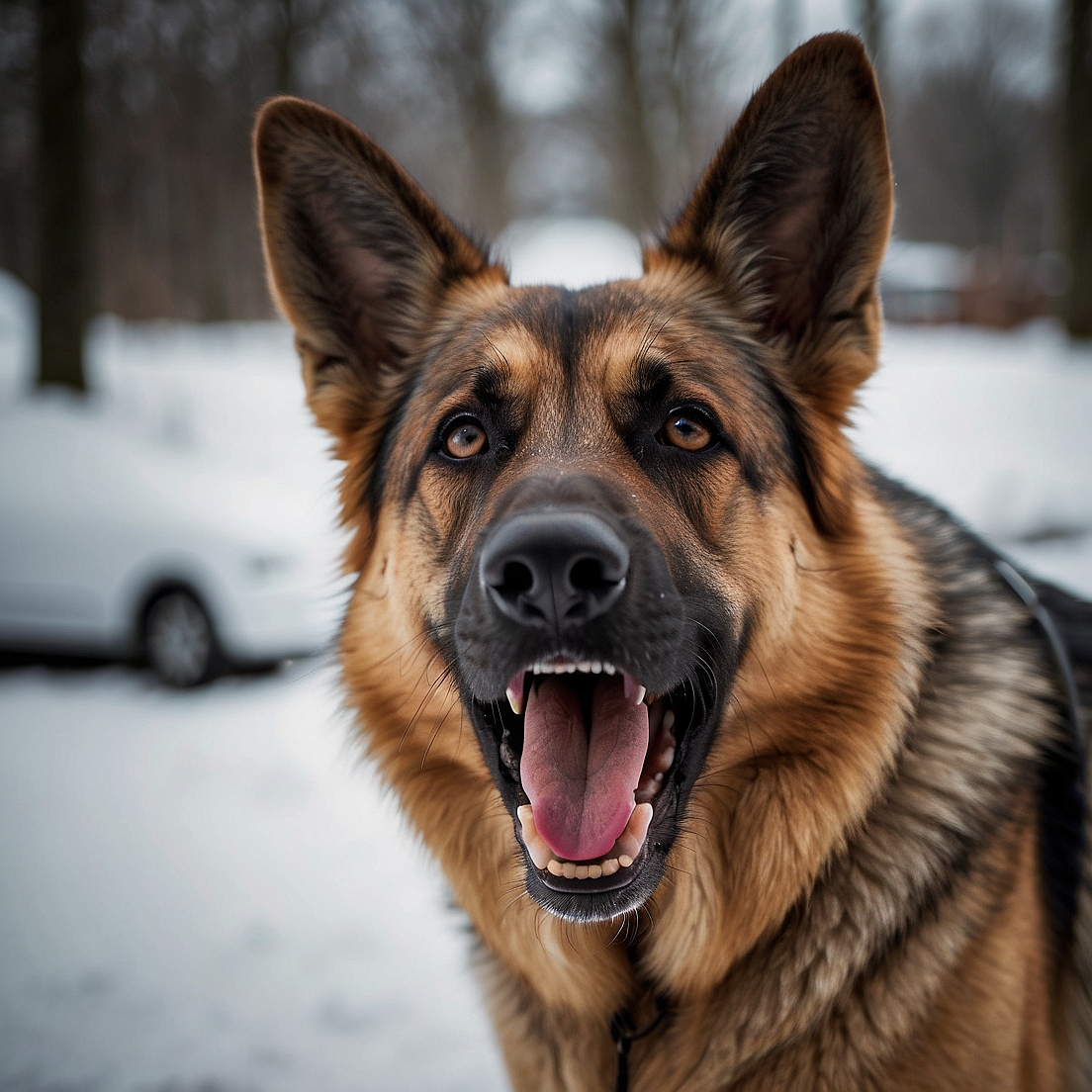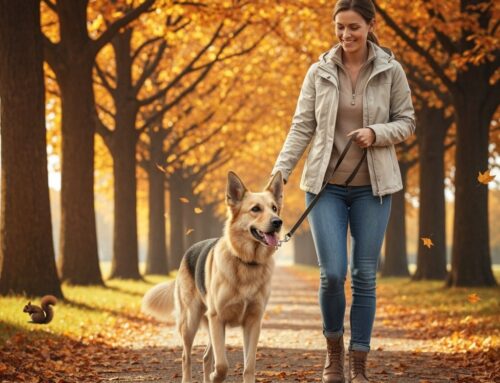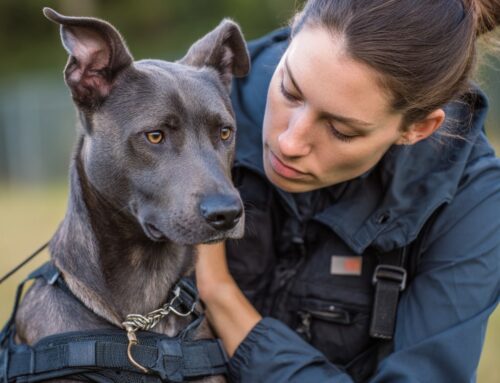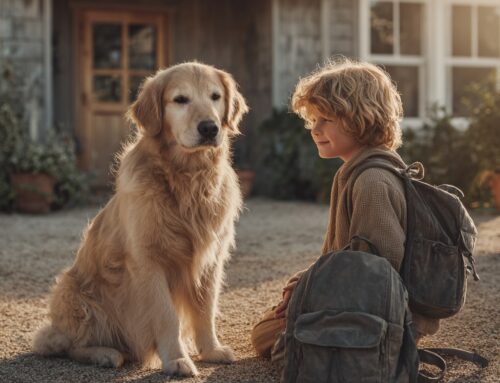Dog aggression is a serious concern for many dog owners, and it’s an issue that requires careful management and a thoughtful approach. Understanding and addressing aggression in dogs is not just about correcting bad behavior; it’s about ensuring the safety and well-being of both the dog and those around it. Whether the aggression is directed towards other dogs, strangers, or even family members, implementing effective dog training and behavior modification techniques is essential.
We’ll get into the underlying causes of dog aggression, the importance of professional guidance, and practical strategies for behavior modification. By the end, you’ll have a comprehensive understanding of how to address this challenging issue.
1. Understanding the Root Causes of Dog Aggression
Before diving into dog aggression training methods, it’s crucial to understand what’s driving the aggressive dog behavior. First, you’ll want to make sure you rule out any pain or medical conditions that may be triggering the aggression and get checked out with a Vet asap. Once this has been ruled out, you can start to see the different signs of aggression in your dog. Aggression in dogs can stem from various causes, and identifying the root cause is the first step toward effective intervention.
Types of Aggression:
- Fear-Based Aggression: This is perhaps the most common type of aggression seen in dogs. When dog’s emotions are high and he feels threatened, its natural response might be to lash out in an attempt to protect itself. Fear-based aggression is often seen in dogs that haven’t been properly socialized or have had negative experiences in the past.
- Territorial Aggression: Some dogs are naturally territorial and may become aggressive when they perceive someone or something as a threat to their space. This type of aggression is often directed towards strangers or other animals entering the dog’s perceived territory.
- Protective Aggression: Similar to territorial aggression, protective aggression occurs when a dog feels the need to protect its owner or family members. This can be particularly common in breeds known for their guarding instincts and in turn the dog behaves aggressively.
- Frustration-Induced Aggression: Also known as redirected aggression, this occurs when a dog is unable to reach something it wants and becomes frustrated. For example, a dog that is on a leash and sees another dog it wants to approach may become aggressive out of frustration.
Identifying Triggers:
To effectively manage and modify aggressive behavior, it’s essential to identify what triggers the aggression. Common triggers include:
- Specific People or Animals: Some dogs may react aggressively towards specific individuals, such as children, men, or other dogs.
- Situational Triggers: Certain situations, like being approached while eating or being disturbed while sleeping, can provoke aggression.
- Environmental Triggers: Changes in the environment, such as a new home or the presence of unfamiliar objects, can also trigger aggressive responses.
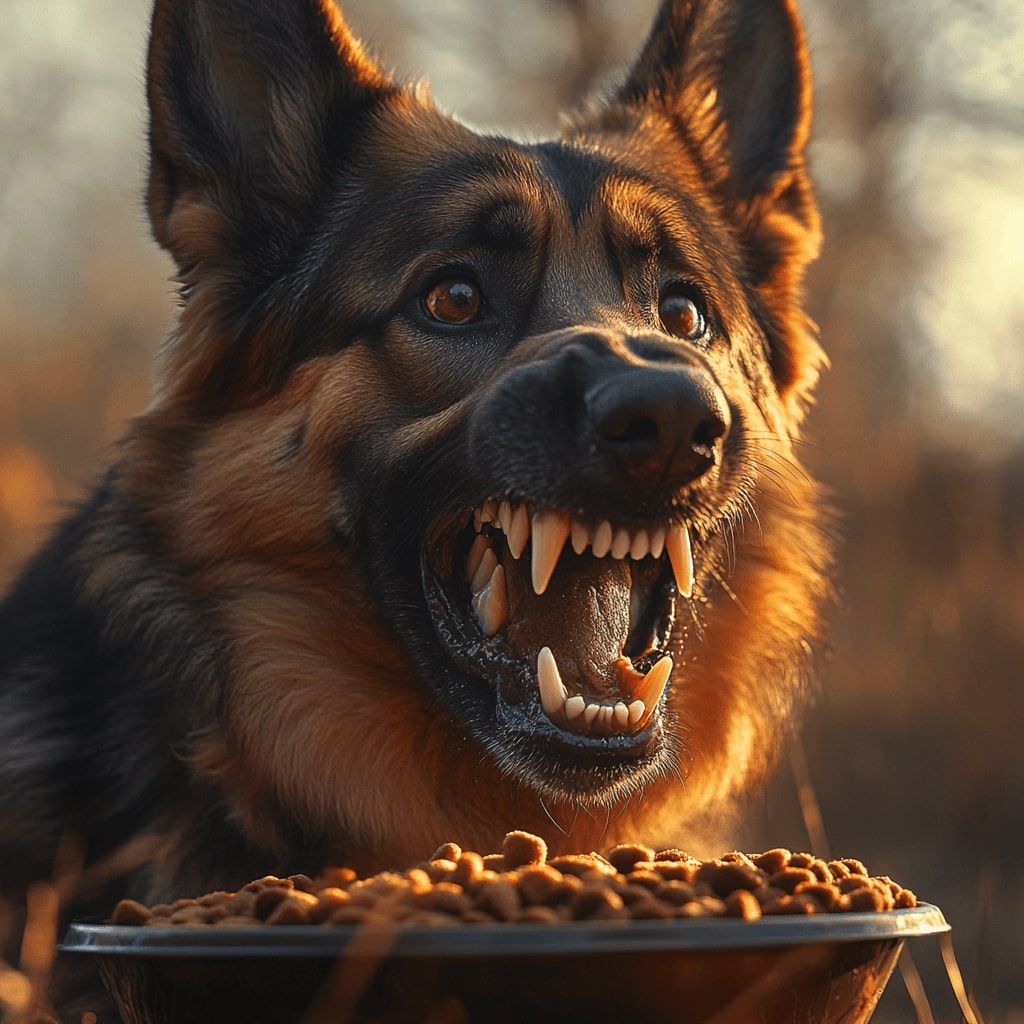
Understanding Your Dog’s Personality
Just like people, dogs have individual personalities that aren’t always fully changeable. However, through consistent obedience training, impulse control, and managing distractions, dogs can learn to behave appropriately around other dogs and people. It’s important to understand and respect your dog’s thresholds and limitations, as even dogs have boundaries.
Recognizing and honoring these boundaries helps prevent situations where a dog might feel threatened and react aggressively. This awareness is key to effective rehabilitation in dog aggression training, enabling both pet parents and trainers to create environments that encourage positive behavior. Understanding a dog’s personality is essential for addressing aggression with empathy, laying the groundwork for successful rehabilitation and knowing there are different levels of aggression in dogs will only help everyone in the long run.
2. Consulting a Professional
Once the type and triggers of aggression have been identified, the next step is to seek professional help. Dog aggression is a complex issue that often requires the expertise of a veterinarian, a certified dog trainer, or a behaviorist.
Veterinarian Consultation:
The first step in addressing dog aggression should be a visit to the veterinarian. Aggressive behavior can sometimes be linked to underlying medical conditions. Pain, neurological issues, or hormonal imbalances can all contribute to aggression. By ruling out medical causes, you can focus on behavior modification with greater confidence.
Professional Trainer or Behaviorist:
A certified dog behaviorist or experienced professional dog trainers are essential in creating a customized plan for behavior modification. These trained professionals are trained to handle aggressive dogs and can guide you through the different techniques used to help with the dog aggression. The dog training expert will be the best path to take when it comes to help with behavior modification for dogs with aggression as each approach needs to be handled with some professional eyes to get your pup into the right path.
The Importance of Tailored Training Plans:
Each dog is unique, and so is each case of aggression. A one-size-fits-all approach won’t work. A professional can assess the specific needs of your dog and develop a training plan that targets the root cause of the aggression while considering your dog’s personality and environment. A behavior modification program or an aggression rehabilitation program is also helpful in making sure your training is suited for your own dog.
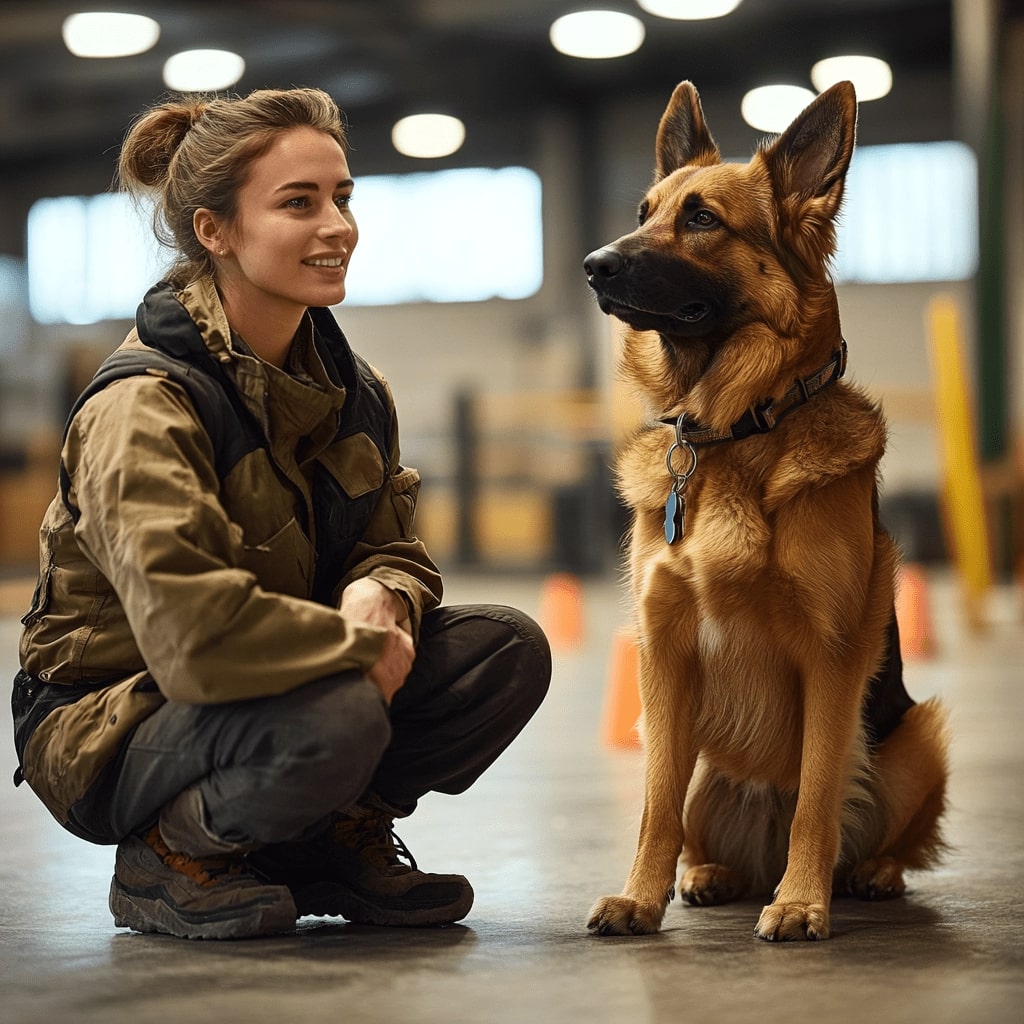
3. Implementing Training Techniques
With the guidance of a professional, you can start implementing training techniques that aim to reduce and eventually eliminate aggressive behavior. The most effective techniques focus on positive reinforcement and gradually changing the dog’s emotional response to triggers.
Desensitization and Counterconditioning:
Desensitization involves gradually exposing the dog to the trigger at a low intensity, then slowly increasing exposure as the dog becomes more comfortable. This method is often paired with counterconditioning, which changes the dog’s negative association with the trigger to a positive one. For instance, if a dog is aggressive towards other dogs, you might start by having another dog in sight at a distance where your dog remains calm, rewarding it with treats. Over time, you would decrease the distance between the two dogs while continuing to reward calm behavior.
Obedience Training:
Basic obedience training is foundational in managing dog aggression. Commands such as “sit,” “stay,” and “come” provide you with more control over your dog in situations where aggression might arise. Consistently practicing these commands in various environments helps reinforce your dog’s ability to respond even when it’s feeling stressed or agitated.
Positive Reinforcement:
Punishment can often exacerbate aggression by increasing a dog’s fear or anxiety, so it’s essential to focus on positive reinforcement. Rewarding your dog for calm and non-aggressive behavior helps it associate good behavior with positive outcomes. This can include treats, praise, or playtime. The key is consistency – ensure that good behavior is always met with a reward.
Avoiding Triggers During Training:
During the training process, it’s important to avoid situations that might trigger your dog’s aggression until it is better equipped to handle them. This might involve walking your dog at quieter times of the day or avoiding specific locations that tend to provoke aggressive reactions.
4. Environmental Management
While training is a long-term solution, environmental management helps in the short term to prevent aggressive incidents.
Controlling Exposure to Triggers:
Managing your dog’s environment is key to reducing the risk of aggression. This could mean keeping your dog away from certain areas, using barriers or crates, or employing tools like leashes when in potentially stressful situations. These measures help prevent situations where your dog might feel the need to react aggressively.
Creating Safe Spaces:
Dogs need a safe space where they can retreat when they feel overwhelmed. This could be a quiet room in your home or a specific area where your dog can relax without being disturbed. Providing this space allows your dog to decompress and reduces the likelihood of aggressive outbursts.

Routine and Structure:
Maintaining a consistent routine can help reduce anxiety, which in turn can reduce aggressive behavior. Dogs thrive on structure, so feeding, walking, and training should happen at roughly the same times each day. Predictability can help your dog feel more secure.
5. Consistency and Patience: The Key to Success
Behavior modification is not an overnight process. It requires time, consistency, and patience. All family members or handlers involved in the dog’s care must be on the same page, using the same commands, and adhering to the same training and management strategies.
Consistency in Training your dog’s behavior:
Inconsistent training can confuse your dog and slow progress. Make sure that everyone who interacts with the dog understands and follows the established training plan. Consistent cues, commands, and responses are essential in helping your dog learn what is expected.
Patience with Progress:
Progress in behavior modification can be slow, and setbacks are common. It’s important to celebrate small victories and remain patient, even when challenges arise. Remember that each step forward, no matter how small, is a step towards a safer and happier relationship with your dog.
Dealing with Setbacks:
Setbacks are a natural part of the behavior modification process. If your dog has a bad day or a training session doesn’t go as planned, don’t get discouraged. Review what happened, consider what might have triggered the setback, and adjust your approach accordingly. Consistency and patience will help you navigate these challenges.
6. Ongoing Monitoring and Adaptation
Even after significant progress has been made, it’s crucial to continue monitoring your dog’s behavior. Aggression can re-emerge if not continually managed, especially if new triggers arise.
Regular Check-Ins:
Schedule regular check-ins with your veterinarian and trainer to assess your dog’s progress and make any necessary adjustments to the training plan. These check-ins can help catch potential issues early before they escalate.
Adapting to New Situations:
As your dog ages or if your living situation changes, new triggers or challenges may emerge. Be prepared to adapt your training and management strategies as needed. Continued learning and adaptation are key to long-term success.
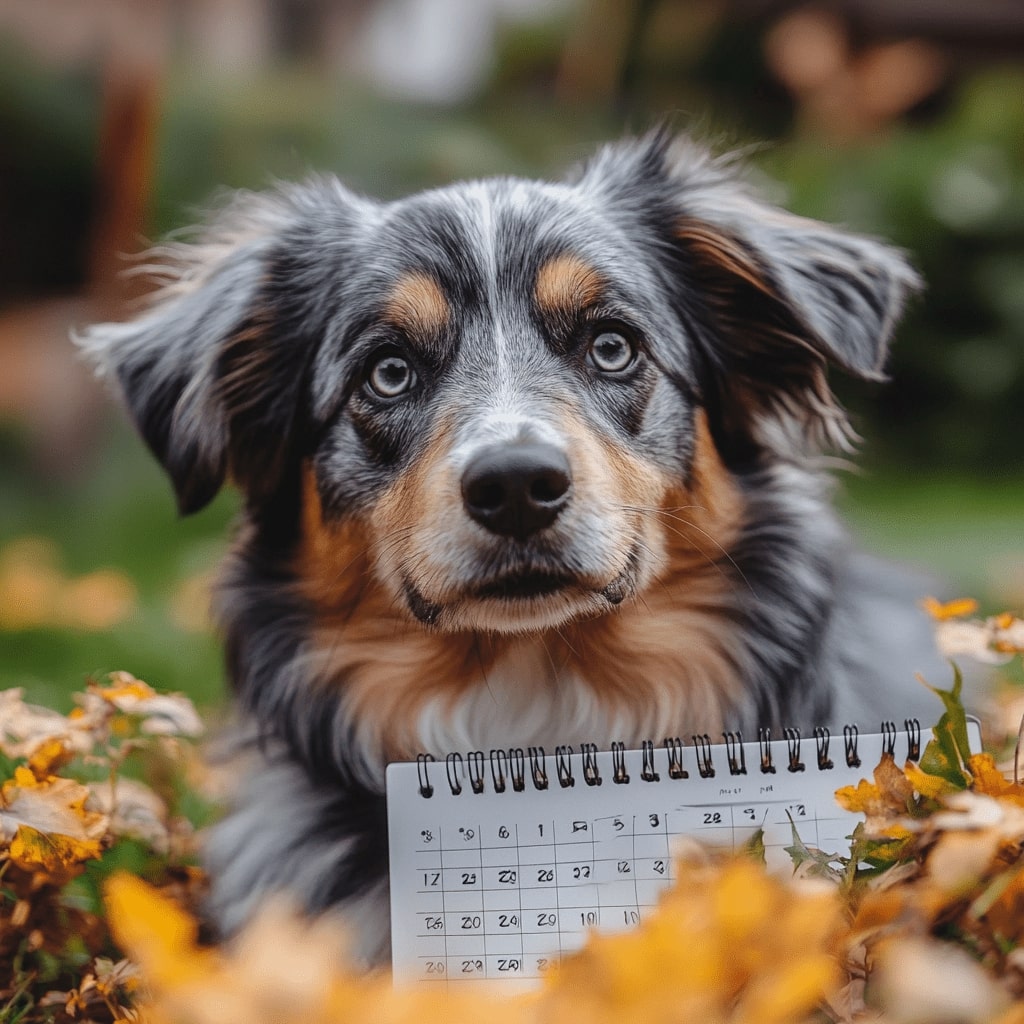
Behavior Modification for Dogs with Aggression: A Commitment to Long-Term Change
Addressing dog aggression is a commitment that requires time, effort, and often the help of professionals. By understanding the root causes of aggression, implementing effective training techniques, managing the environment, and remaining consistent and patient, you can make significant progress in modifying your dog’s behavior. Remember, the goal is not just to reduce aggression but to improve your dog’s overall well-being and strengthen the bond you share. With dedication and the right approach, it’s possible to help your dog lead a happier, more peaceful life, free from the stresses that lead to aggressive behavior.
Performance K9 Training and Boarding offers an exceptional Aggression Rehabilitation Program, led by their founder and professional dog trainer, David Greene, who specializes in dog aggression cases. David and his team bring unparalleled expertise to each case knowing that every dog is different and require a special program for each dog. Their tailored approach ensures that dogs with aggression issues receive the highest level of care, helping them overcome their tendencies and fostering a safer, more harmonious relationship between pets and their owners. Contact Performance K9 Training and Boarding today and get a free consultation to make sure their Aggression Rehabilitation Program is the right fit for you and your dog!



